Participation in outdoor recreation saw increases across the board in 2020, and this trajectory continues in 2021. Thanks to an increase in demand, gear like bikes, boats, and backpacks were difficult to come by for much of last year. Bird feeders were also flying off the shelves, but this could lead to some angry birders in 2021.
Are we headed towards a shortage of seed to stock our backyard feeders?
While the pandemic has given the bird feeding industry a boost from people who have been spending more time at home appreciating their own backyards, it has been big business for years.
During a 2016 presentation at the Library of Congress, authors of Feeding Wild Birds in America Margaret Barker and Paul Baicich discuss how the history of backyard bird watching is both a conservation story and a financial tale. Citing the United States Fish and Wildlife Service’s 2011 National Survey on Fishing, Hunting, and Wildlife Associated Recreation, the presenters relayed that there were an estimated 41.3 million backyard bird watchers in 2011.
The growth in spending between the years 2006 and 2011 was a 21.4 percent increase in sales for bird food and 22.8 percent increased expenditure on accessories, including feeders, nest boxes, and birdbaths. The hobby so many people enjoy supports a multi-billion-dollar industry.
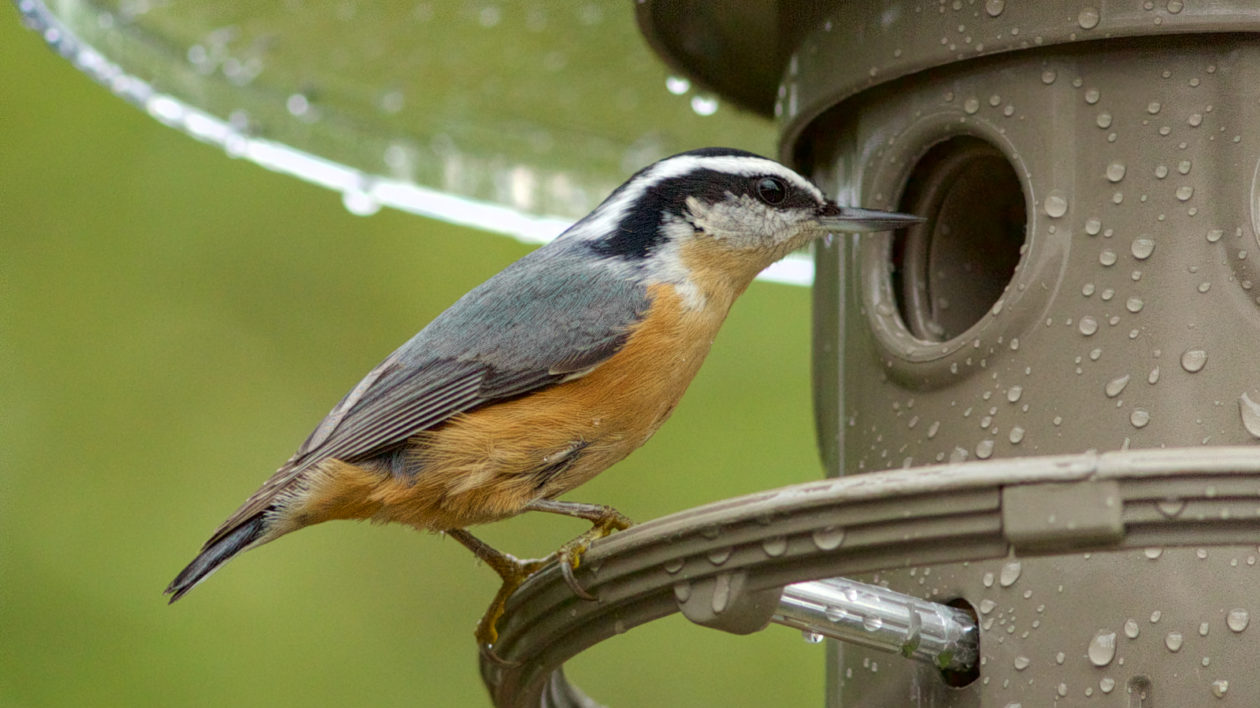
The Seed Shortage
Ron Holt, Vice President of Des Moines Feed, a company his great grandfather started in 1944, has a birds-eye view of the seed business from farms to feeders. Des Moines Feed has a retail storefront, but the majority of their seed business is wholesale, serving stores throughout the Midwest and beyond.
From Holt’s view, he’s seen, “an obvious demand increase thanks to Covid,” a trend consistent with what birdseed suppliers and other backyard birding-related businesses are reporting.
“People were stuck at home, so they put up a birdfeeder,” he adds. “Some are returning to work and putting up feeders there, too.”
Similar to the manufacturing bottlenecks that have kept outdoor equipment from reaching the shelves, the small number of seed hulling companies have been backed up producing birdseed. The harvest and distribution logistics for seed are especially daunting, and Holt is feeling the pressure from both sides of this equation.
He woke up in the middle of the night recently and couldn’t go back to sleep. There was so much to do, he headed in to work to start fulfilling seed orders by 2 a.m. Stores are placing orders with him faster than he can keep up. When he can find seed, getting it out to his customers takes some creative planning. “We are running out of seed bags,” says Holt.
He has even seen stores go a week or two without having seed on their shelves.
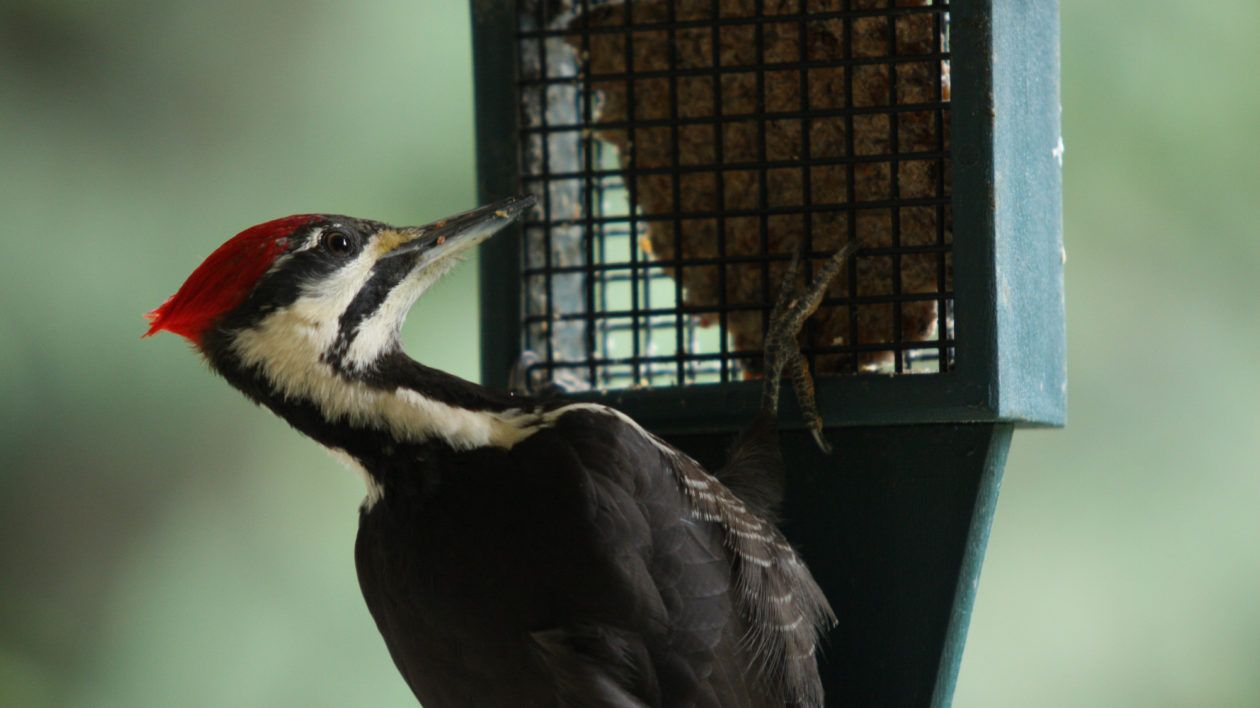
Keeping the Feeders Full
The United States Department of Agriculture reported record yields for sunflower crops in 2020. North and South Dakota are responsible for the majority of the sunflower seed production in the United States, and the 1790 pounds per acre on average represented great growing conditions across the Dakotas last summer.
Yet, according to the National Sunflower Association, a nonprofit organization that supports the agricultural growers, this bump in production yield in 2020 still represents a decline in the 5-year average for overall seed production in the United States and Canada. Fewer acres of sunflower were planted.
It’s not just sunflower, either. Yield projections for 2021 safflower crops are also down.
“Safflower growers out west are battling extended drought,” says Holt. Agricultural producers make decisions on what to plant well in advance. “Farmers bought their seed last fall for the upcoming growing season,” according to Holt.
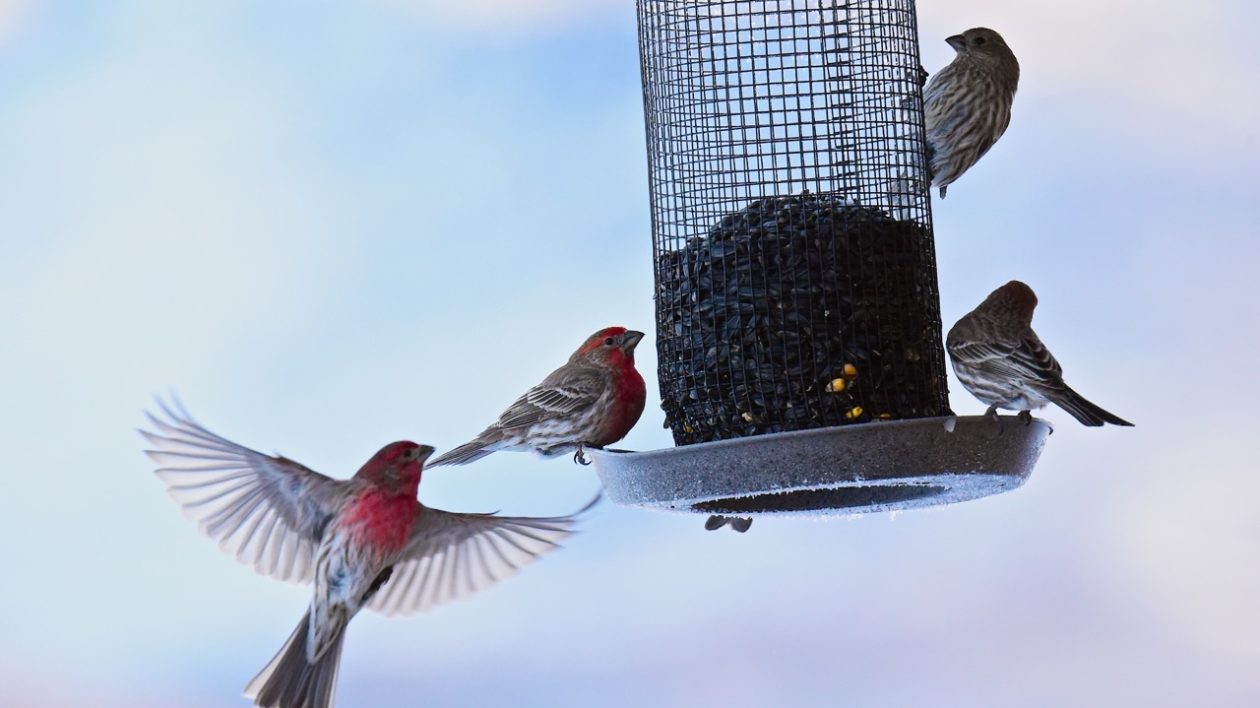
They can’t just plant more seed in response to this shortage. They will likely be rewarded with higher prices this growing season though.
Holt compared the situation to the gasoline supply, “If a refinery gets knocked offline because of a hurricane, prices go up.” The seed industry has been hit with a number of obstacles this year including summer storms impacting some crops and winter weather making distribution impossible. All of this is playing out on the backdrop of ever-increasing demand.
Holt admits, “A supply that normally lasts us a month is going in three days.”
For distributors like Des Moines Feed, freight costs are going up, and these added expenses are ultimately reflected in the shelf price at the stores where they distribute.
Retail stores are also experiencing a shortage of feeders according to Holt. “The feeder market is suffering from similar supply issues,” he says.
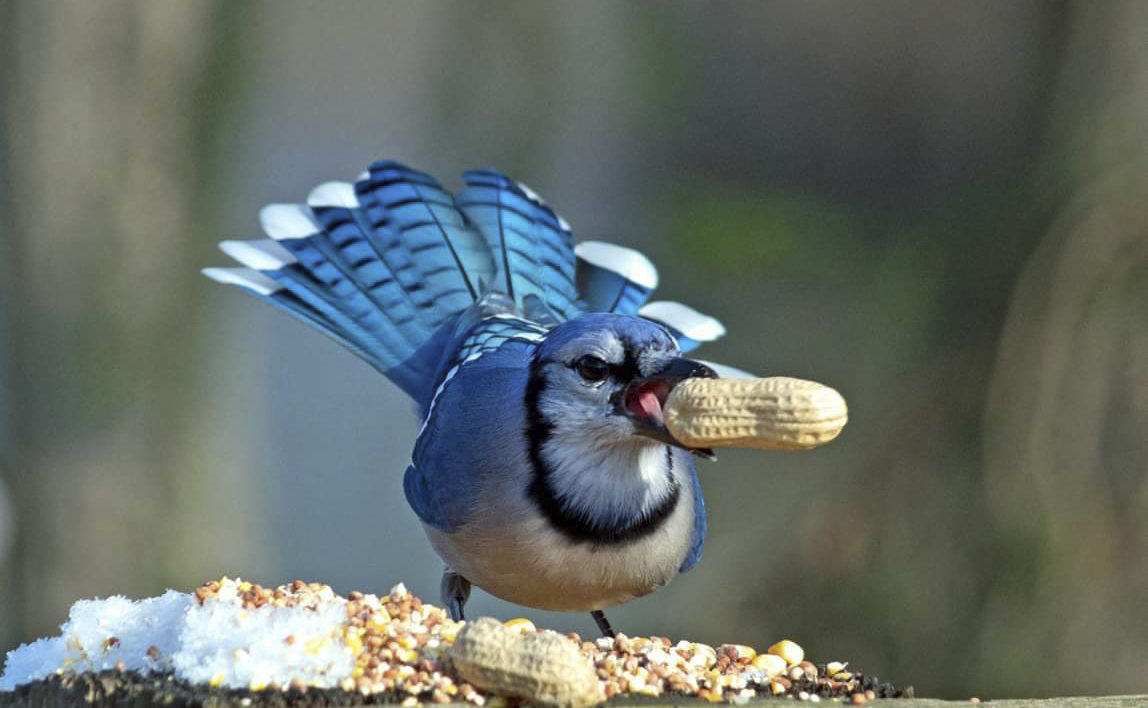
Paying for Peanuts
Some backyard bird enthusiasts enjoy putting out peanuts for woodpeckers, jays, chickadees and other species. But they may be out of luck, too. Holt suggests that the timing of the peanut harvest could have helped ease the seed pressure in the immediate future. Georgia farmers have harvested a good number of peanuts.
Holt is finding that these harvests are often slated for the export market, filling a void created by drought in Mexico. Georgia peanuts are now headed to the peanut oil market. These pressures are also driving prices peanut “rejects”, the industry term for peanuts out of the shell that are destined for birdseed and not human consumption.
The closest comparison Holt has to the current seed shortage is when mealworms were nearly impossible to come by a few years ago. Other than that, his family business has “never seen the industry like we’re seeing it now.”
The combination of more people feeding the birds and a stretch of widespread winter weather, really ramped up the supply chain issues, but Holt thinks, “barring any natural disasters, I feel like we’ve peaked.”
Despite the increased cost of doing business, seed suppliers are working overtime to keep up with demand. While there might be short-term supply issues, but try to take the lack of sunflower seeds on the shelves in stride. It means more people are falling for birds – a trend that hopefully continues beyond the pandemic.
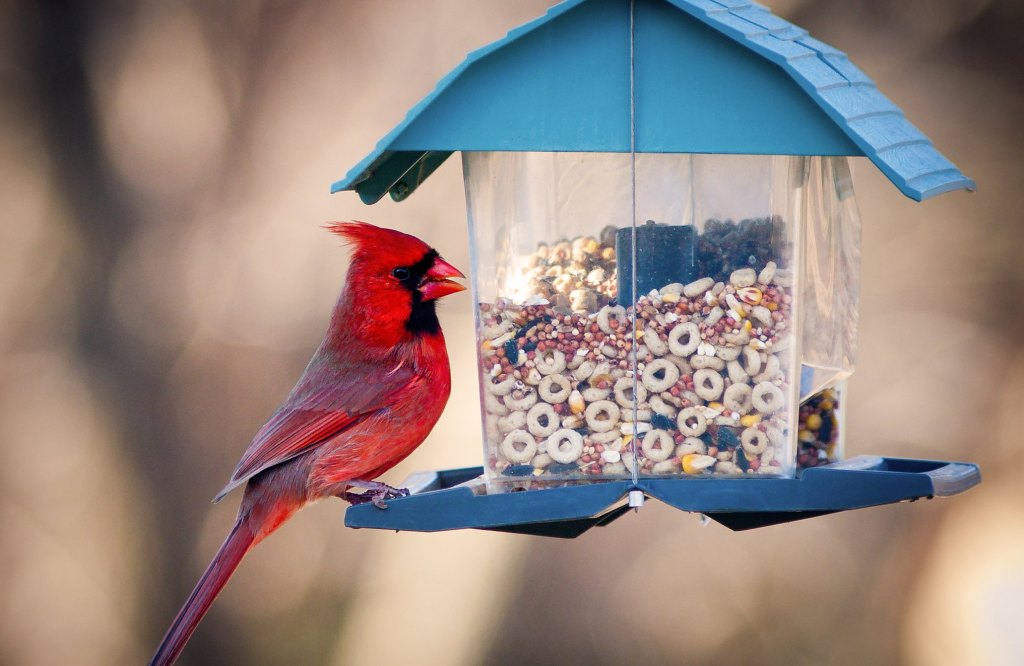



Aside from logical and mostly temporary market changes, the cause of this enormous increase in bird seed prices is supplier PRICE GOUGING. When supplier and consumer forces return to normal, so will the forces of SUPPLY AND DEMAND and THEN I MAY buy birdseed again.
If the costs of bird seed continues there will be fewer older people who can afford to feed the birds. The birds must then fly off to new feeding sources. Im seeing that in Oklahoma already with the rising costs.
I only hope that all the new bird enthusiasts understand the necessity of regularly cleaning bird feeders and that they know what to look for in sick birds, since there is such a bad case of salmonella in siskin and finches right now. Continuing to feed only worsens the problems as the disease is spread so quickly among the birds. Fingers crossed that it isn’t just a fad for the new birders and that they research information via bird groups and online sites.
I started feeding in fall, right after a sad die-off of migrating warblers and fly catchers due to lack of food and water. Conditions in NM are at exceptional drought. I’ve fed whatever the Smith’s groceries has, from Kroger wild bird (‘way to much milo) to other brands, some with cracked corn and white millet, and some fancy ones I can’t really afford. All I’ve been feeding, though, have been house sparrows and house finches. They have daily battles at my feeder and on the ground. The finches got very colorful when I had to feed parakeet mix, but now they have left, and it’s just the wretched sparrows. As soon as the insects show up (and I just HOPE they will) I will lay off to try to discourage the sparrows. And yes, I know they eat insects, too, but it’s my hope their population will taper off before the small birds need the seed later on…
I have cut back on my feeders as winter is almost over. I switch to hummer feeders & plants more. The birds have natural feed now.